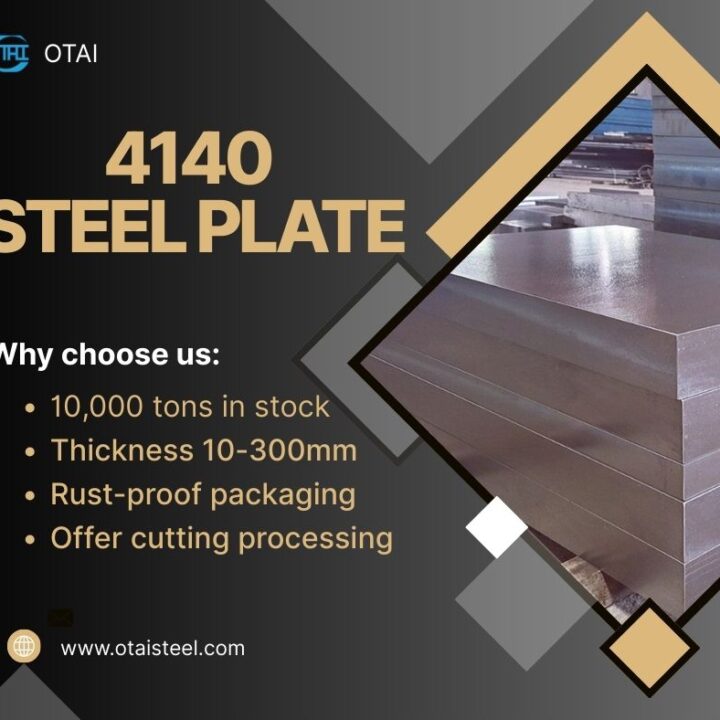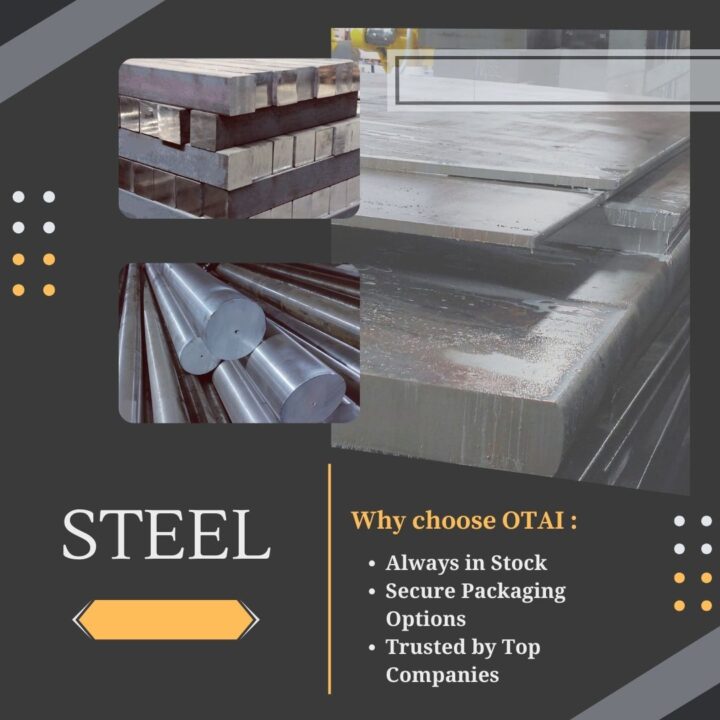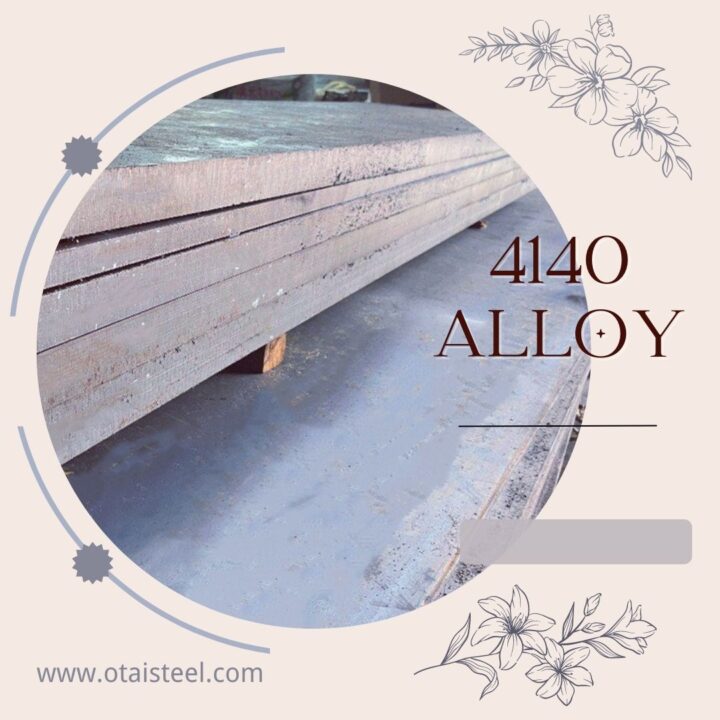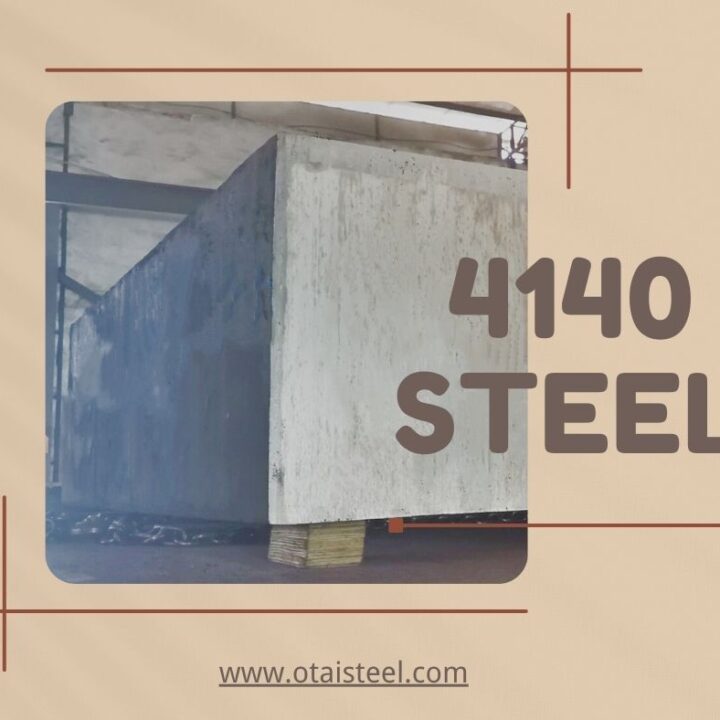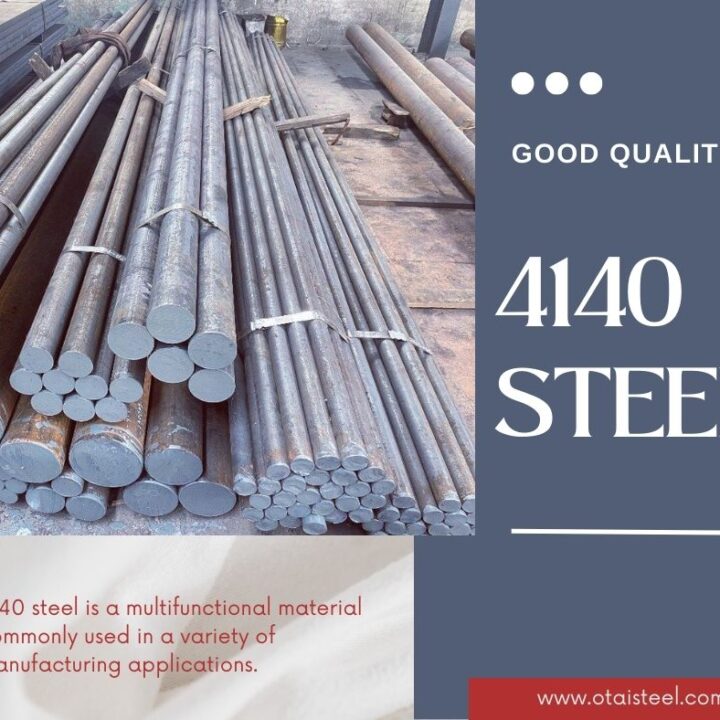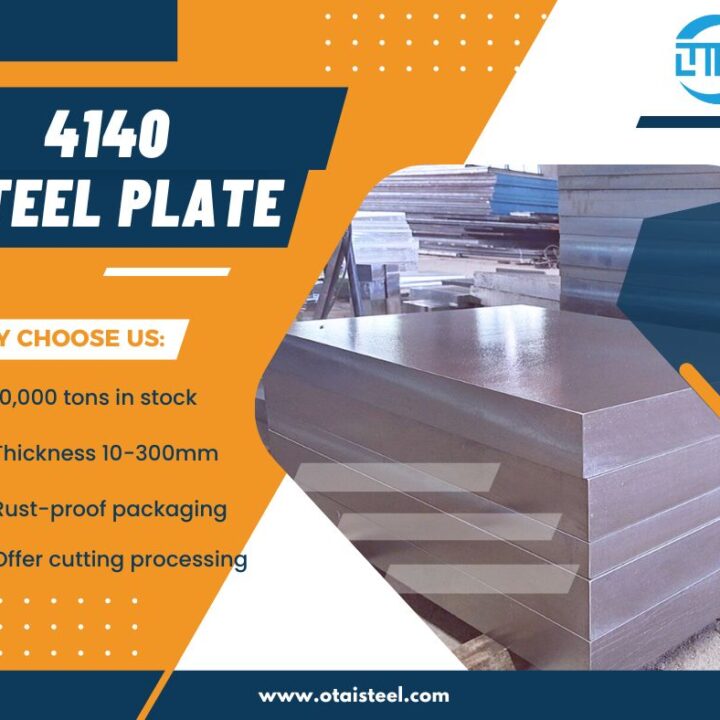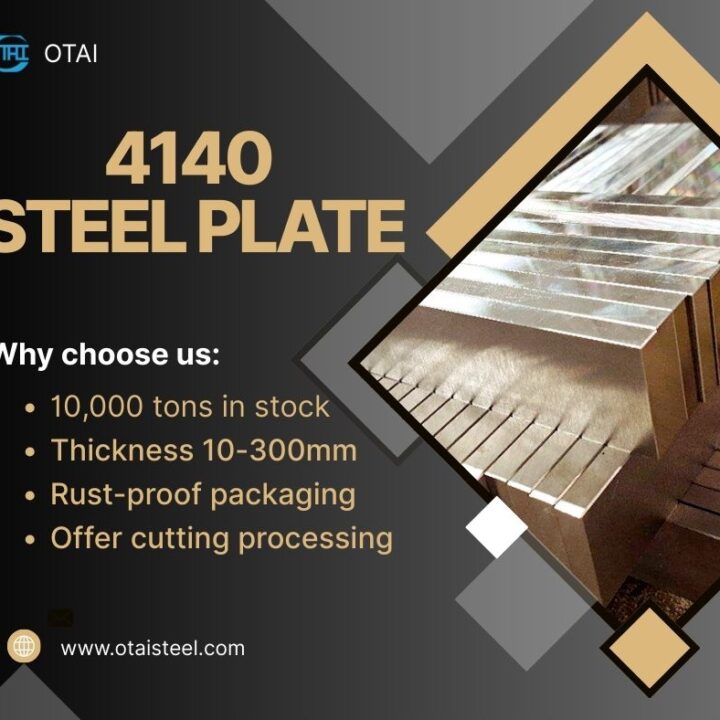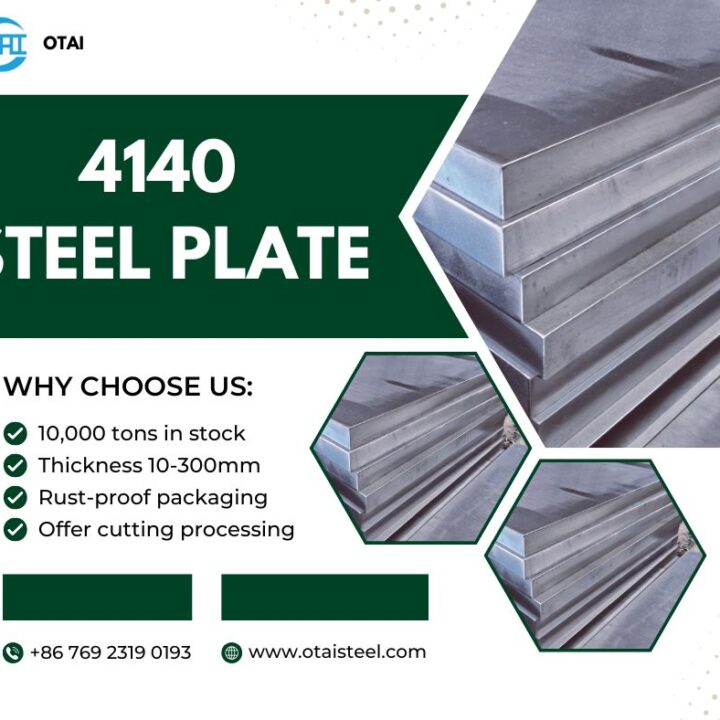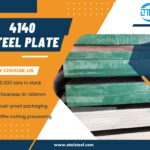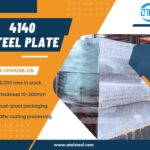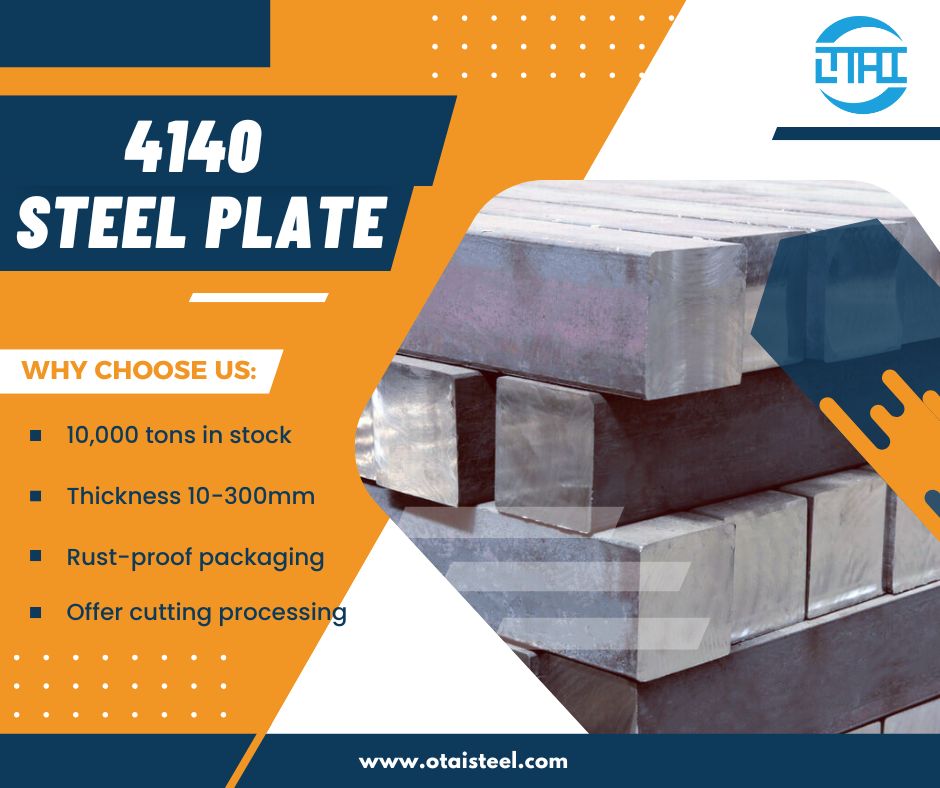 Can You Bend 4140 Steel: A Straight Answer With Smart Tips
Can You Bend 4140 Steel: A Straight Answer With Smart Tips
Thinking about bending 4140 steel? You’re not alone. Every month, we hear from engineers, metal fabricators, and machinists asking the same thing:
“Can I bend 4140 steel without cracking it?”
“Should I do it cold or hot?”
“What if it’s already been heat treated?”
Let’s break it all down—clearly, practically, and with real-world advice from the shop floor and heat treatment labs.
📌 What Makes 4140 Steel Tough to Bend?
4140 is a chromium-molybdenum alloy steel, engineered for strength, hardenability, and wear resistance. But that strength can become a problem when you try to bend it—especially after hardening.
Here’s what you need to know:
-
In its annealed or normalized state, 4140 can be cold formed—though it’s tougher than mild steel.
-
Once heat treated (Q&T), its yield strength increases, but ductility drops.
-
Trying to bend hardened 4140 without heat? Risky. It may crack, craze, or snap.
👉 That’s why understanding how to bend 4140 steel properly is critical to avoid costly part failures.
🔥 Bending 4140 Steel: Cold vs Hot Forming
Let’s compare the two major options:
| Method | Recommended Condition | Risk Level | Notes |
|---|---|---|---|
| Cold Bending | Annealed or Normalized | ⚠️ Moderate | Needs large bend radius; risk increases with thickness |
| Hot Bending | Quenched & Tempered (Q&T) | ✅ Low | Heat to ~1650°F (900°C), bend, then re-temper |
| Warm Bending | As-rolled / Normalized | ⚠️ Medium | Heated to ~1000–1200°F to improve ductility slightly |
So if you’re asking:
👉 Can you bend 4140 steel after heat treatment?
Yes, but only if you heat it again before bending, and apply a proper post-bend heat treatment.
📐 Minimum Bend Radius Guidelines
The minimum bend radius (MBR) is crucial to prevent cracking. Here’s a general guide for different 4140 conditions:
| Condition | Recommended MBR (x material thickness) | Notes |
|---|---|---|
| Annealed / As Rolled | 2.5–3.0× | Best for basic cold bending |
| Normalized 4140 steel | 3.0–4.0× | Slightly stiffer, needs wider radius |
| 4140 Q&T (28–32 HRC) | 4.0–6.0× | Requires hot forming |
| Q&T + Nitrided Surface | Avoid bending | Surface layer is brittle |
💡 Tip: When in doubt, increase the bend radius and preheat thicker sections—especially above 25mm.
⚙️ Real-World Example – Oil & Gas Coupling Project
One of our clients in Abu Dhabi needed custom U-shaped 4140 components for high-pressure couplings. Their material was Q&T 4140, HRC 32.
🔧 First trial: cold forming – ❌ Result: internal micro-cracks
🔥 Second trial: hot bending at 870°C + post-tempering – ✅
🔁 They now standardize all 4140 forming using that method. No more cracking, and parts passed ultrasonic inspection.
🧠 Key Things to Know Before You Bend 4140
Here’s what we advise clients who ask can you bend hardened 4140 steel:
-
Never bend hardened 4140 cold unless you’re ready to sacrifice the part.
-
Always consider re-heat treatment after hot bending to restore strength and toughness.
-
Avoid bending nitrided or surface-treated parts—they will crack.
-
Use stress relief annealing (~600°C for 1 hour per inch) after cold forming to avoid residual stresses.
-
Ensure your bend tooling is matched to the bend radius and material thickness.
🆚 4140 vs Other Steels: Bending Behavior
| Material | Ease of Bending | After Hardening | Notes |
|---|---|---|---|
| Mild Steel | ✅ Easy | ❌ Low strength | Best for cold forming and prototyping |
| 1045 Carbon | ⚠️ Moderate | ⚠️ Moderate | Cracks under tight bends when hardened |
| 4140 Alloy | ⚠️ Moderate | ❌ Hot bend only | Requires correct technique |
| 4340 Alloy | ❌ Difficult | ❌ Needs high temp | Higher strength but low ductility |
📌 So while 4140 steel bending strength is higher than 1045, it requires more expertise to form safely.
🛠️ Can You Anneal 4140 for Bending?
Yes—and many shops do this before forming. Here’s how:
🔁 Annealing Cycle for 4140:
-
Heat to 1550°F (840°C)
-
Hold for 1 hour per inch of thickness
-
Cool slowly (in furnace or sand bed)
This increases ductility and makes bending 4140 steel cold much safer.
🏭 Why Otai is Your Best Partner for 4140 Bending Projects
We supply cut-to-length 4140 bar stock ready for whatever forming method you use—and we’ll help you choose the best condition.
🎯 Otai Special Steel Advantage:
-
✅ 10,000+ tons 4140 steel in stock (6mm–300mm thick)
-
✅ Supply in annealed, normalized, or Q&T state
-
✅ Precision cut to size for bending jobs
-
✅ Support with how to bend 4140 steel properly
-
✅ Optional heat treatment & surface finish (nitriding, black oxide)
-
✅ Export to 50+ countries, SGS/BV inspection available
-
✅ Long-term partners: Thyssenkrupp, Borealis, Schlumberger
📧 jack@otaisteel.com
📱 WhatsApp: +8676923190193
❓ FAQs – Can You Bend 4140 Steel?
Q1: Can I bend 4140 flat bar cold?
Yes, if it’s annealed or normalized, and not too thick.
Q2: Can quenched and tempered 4140 steel be bent?
Yes, but only if hot bent, followed by post-bend heat treatment.
Q3: Will bending weaken 4140?
If done correctly and followed by stress-relief or tempering—no. Otherwise, it may cause internal damage.
Q4: What happens if I bend nitrided 4140?
The brittle surface will crack. Always bend first, then nitrided.
Q5: Do you offer bent or pre-formed 4140 steel?
We can supply pre-machined or pre-heat-treated bars, and advise on forming. Bending services available through our partner shops.
